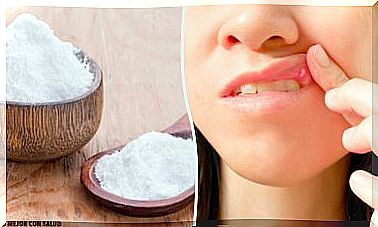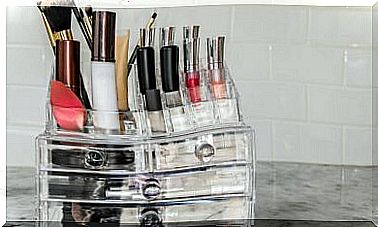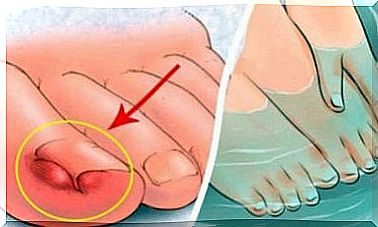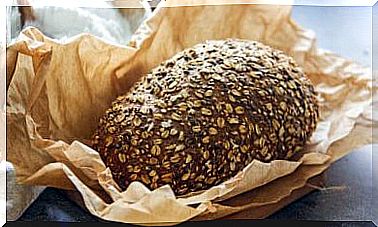3 Tips To Avoid Cross Contamination
Have you ever suffered from cross contamination? If so, we offer 3 recommendations to ensure that this does not happen again in the future. With simple measures, we reduce the risks.

Avoiding cross-contamination is crucial in the case of conditions like celiac disease. This is the phenomenon by which a person can be poisoned by allergens or microorganisms present in a product or on a utensil that has been in contact with a food consumed.
In this article, we present you a series of tips to avoid this kind of situation. This will reduce the risk of developing acute illnesses caused by poisoning or the expression of an allergy. Remember that maintaining safety measures is essential to protect diet health.
3 recommendations to avoid cross contamination
We are going to explain 3 details to take into account when handling the food you will eat. You will be more careful not to get sick.
1. Do not put raw and cooked food in contact
Foods that have undergone a cooking process have generally inactivated microorganisms and toxic products that can cause pathologies. The scientific evidence suggests that nematodes such as Anisakis are destroyed when subjected to high or low temperatures.
However, if we put a cooked food in contact with a raw food that contains harmful bacteria, these can pass from one product to another and start to reproduce. This then increases the microbiological risk and leads to cross contamination.
Therefore, we always recommend that you reserve a space in the kitchen for food that has undergone a cooking process, separate from where the raw food is. A typical example is the mixture of cooked vegetables with raw meats or fish.
This practice entails health risks. Especially when the animal products have not been frozen or disinfected beforehand.

2. Do not use the same knife to cut all food.
Just as it is not advisable to put food together, we should not use the same utensil to handle it. For example, to avoid cross-contamination, utensils should not be shared in the presence of gluten.
A research published in the journal Journal of Food Protection indicates that, to prepare a meal for a celiac person, use freshly washed utensils. In addition, and if possible, they should not come into contact with foods that may contain gluten.
The same applies if the product in question contains bacteria that are pathogenic to humans. When handling different foods, it is essential to wash the knives well in order to avoid this type of situation.
3. Stoves and oils are also a transmission vector
In addition to taking care of cooking utensils, it is important to sanitize cooking elements after use. Bacteria or allergens that may remain there after cooking can then be passed on to other foods.
In addition, people with celiac disease are the most susceptible to this type of cross-contamination. However, there are also cases where the bacteria continue to survive in the container and reproduce once they come into contact with the following foods.
Nevertheless, the probability of this situation is not so simple. In fact, for an allergen or a bacterium to be able to cause specific damage, it is necessary that it be present at a minimum dose. As research published in the Journal of Food Protection asserts , it is rare to detect contamination if the bacterial load is insignificant.
On the other hand, people who are allergic to gluten are at risk of this phenomenon if they cannot avoid cross-contamination. Few proteins are actually needed to trigger an autoimmune process in these patients.

Avoid cross contamination: pay attention to food hygiene
Food poisoning due to carelessness is more common than people think. Therefore, it is essential to follow the previous advice in order to reduce the incidence.
Too much hygiene tends to be harmful in the long run, but so too is poor hygiene. Especially when handling food, try to avoid certain risky behaviors.
On the other hand, do not forget that complete cooking and well-performed freezing processes are able to inactivate many pathogenic organisms that can generate poisoning or more serious complications. For example, anisakis is inactivated by subjecting fish to very low temperatures.
Be sure to follow these basic rules. Also check the quality and hygiene of the utensils you use in the kitchen to handle food. Finally, all the precautions you take will not be in vain.









